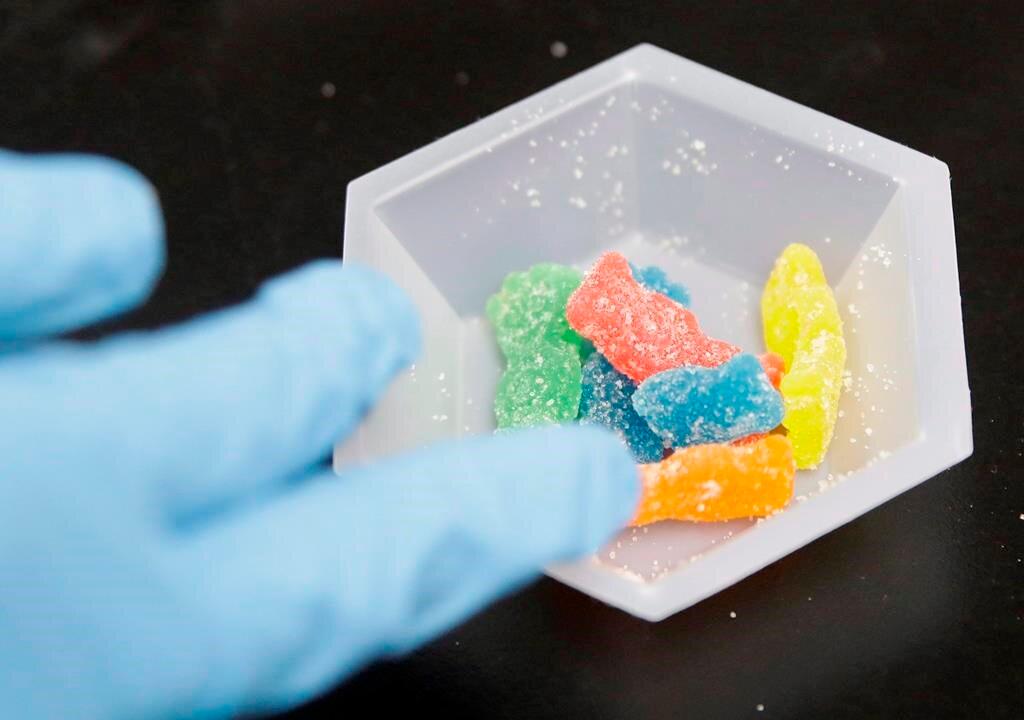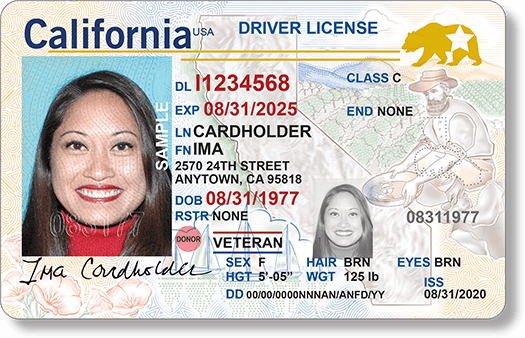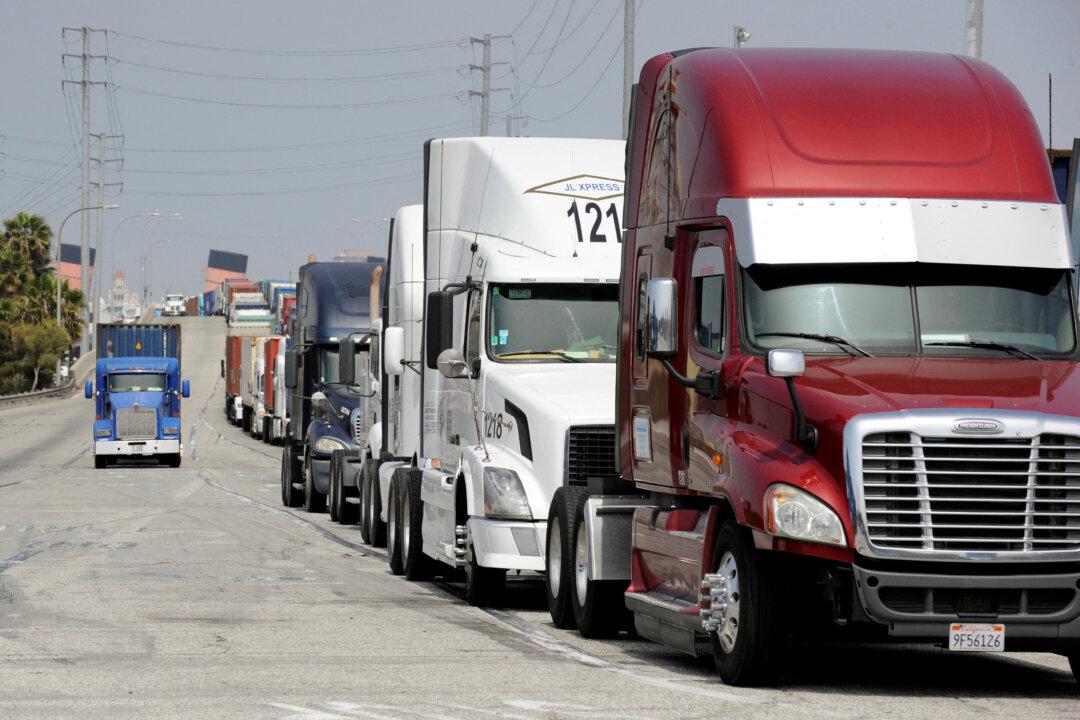The number of American children falling sick from eating treats laced with marijuana has surged during the past five years, according to a new study published in the American Academy of Pediatrics (AAP), as pot becomes legal in more places across the country.
The study involved a retrospective analysis of the National Poison Data System (NPDS) of children aged less than six years who were exposed to edible cannabis products between 2017 and 2021, during which, it was found, that there were 7,043 exposures. The number of cases rose from 207 cases in 2017 to 3,025 in 2021, an increase of 1,375 percent. The vast majority of cases, nearly 98 percent of total cases, occurred in a residential setting.





